| Fed rate cut: A double-edged sword for Vietnam's economy Why does the FED's rate cut affect the gold market? |
The recent interest rate cuts by the US Federal Reserve (Fed) present both opportunities and challenges for central banks in Asia and the Pacific. Policymakers must adopt a balanced, country-specific approach to navigate potential inflationary pressures, exchange rate volatility and capital inflow dynamics.
The US Federal Reserve kicked off a long-awaited monetary easing cycle at its September Federal Open Market Committee meeting, cutting interest rates by 50 basis points. Committee members expect another 50 basis point cut this year, with the Fed easing continuing into 2025. This could have significant consequences for the global economy, including developing economies in Asia and the Pacific.
Inflationary pressures have continued to ease across the region this year as commodity prices have stabilized and the delayed effects of last year’s monetary tightening have taken effect. As a result, most of the region’s central banks have paused their rate-hike cycles, with some moving to cut policy rates. Others may now follow suit.
In shaping their policy stances, emerging market central banks need to take into account interest rate differentials with the US, the implications for capital flows and exchange rates. The Fed’s rate cuts open the door for more central banks in the region to ease policy further to stimulate domestic demand and growth, without triggering capital outflows and exchange rate depreciation. However, with the pace and duration of the Fed’s easing cycle still uncertain, an appropriate policy response in Asia and the Pacific will require caution and careful balancing, for a number of reasons.
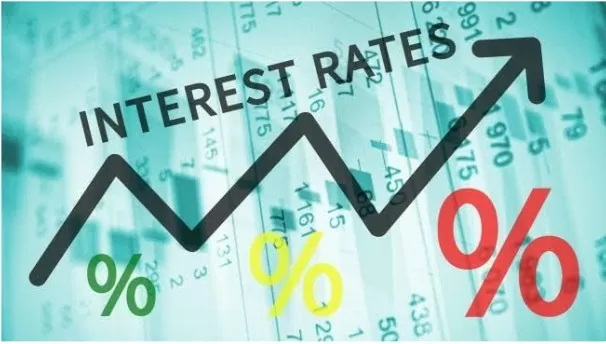 |
| Illustration |
Alternatively, central banks in the region could continue to maintain relatively tight monetary stances, for example by cutting interest rates more slowly or less frequently than the Fed. In such a scenario, lower US interest rates could increase capital flows into Asia and the Pacific as investors adjust their portfolios towards assets with more attractive yields. This could boost equity and bond markets across the region, providing some breathing room for more vulnerable economies. However, capital inflows could also pose some challenges, as significant short-term portfolio movements could increase financial market volatility.
Furthermore, higher capital inflows could lead to an appreciation of the exchange rate against the US dollar in the region. This would benefit economies that are heavily dependent on oil and other imports, reducing price pressures and improving trade balances. For economies with high US dollar debt, a depreciation of the US dollar would make it easier to sustain the debt burden. On the other hand, a stronger exchange rate would boost imports, potentially having a negative impact on the current account. Over the medium term, a stronger currency could also hamper export growth, especially for economies that rely on traditional manufactured exports, such as garments or textiles, which rely heavily on price competitiveness.
The diversity of these potential effects and channels suggests that policy responses to the Fed’s easing cycle in Asia and the Pacific will need to be country-specific and nuanced, and incorporate a combination of the following measures. As well as adjusting interest rates, monetary authorities in the region could rely on targeted measures, such as banks’ reserve requirements, to influence financial conditions and liquidity. Forward guidance could also be an effective tool for anchoring inflation expectations and reducing financial instability and volatility, by clearly outlining the future path of monetary policy to market participants and economic agents.
For economies that are experiencing increasing capital inflows, well-developed financial markets are key to absorbing the inflows and converting them into productive investments in the domestic economy. Policy actions should focus on enhancing competition, efficiency and transparency in the financial sector, with the central bank or other independent supervisor providing adequate oversight. To address the risks associated with increased capital inflows, capital flow management and macroprudential policies, including measures to mitigate the risks of currency imbalances, can be used. When capital inflows lead to excessive currency appreciation, targeted intervention in the foreign exchange market can help reduce volatility while also building up foreign exchange reserves.
Fiscal policy can be used to cushion the impact of falling exports. Depending on the fiscal space, stimulus measures could target a number of objectives, including boosting consumer spending; encouraging activity in specific sectors that have a stronger multiplier effect on the rest of the economy; and infrastructure, energy efficiency, climate adaptation and other projects that address structural gaps, which would also boost the economy’s productive potential. Policymakers will need to adopt a flexible approach, remaining vigilant and proactive in capitalizing on opportunities and addressing risks.


![[Photo] Buddha's Birthday 2025: Honoring the message of love, wisdom, and tolerance](https://vphoto.vietnam.vn/thumb/1200x675/vietnam/resource/IMAGE/2025/5/12/8cd2a70beb264374b41fc5d36add6c3d)
![[Photo] Prime Minister Pham Minh Chinh works with the Standing Committee of Thai Binh Provincial Party Committee](https://vphoto.vietnam.vn/thumb/1200x675/vietnam/resource/IMAGE/2025/5/12/f514ab990c544e05a446f77bba59c7d1)


![[Photo] Prime Minister Pham Minh Chinh starts construction of vital highway through Thai Binh and Nam Dinh](https://vphoto.vietnam.vn/thumb/1200x675/vietnam/resource/IMAGE/2025/5/12/52d98584ccea4c8dbf7c7f7484433af5)













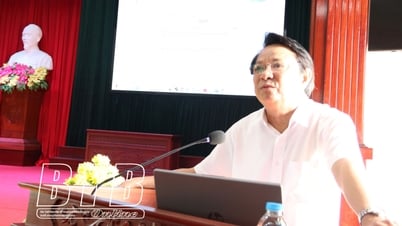











































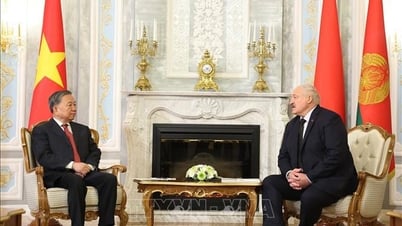
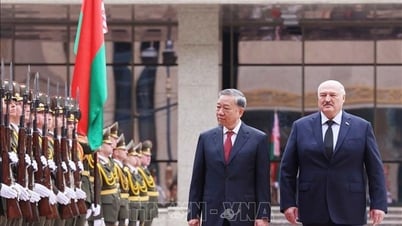
















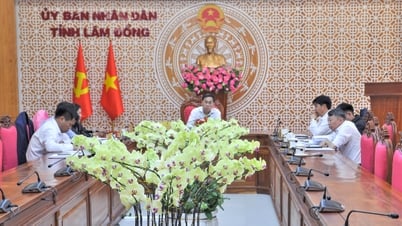
















Comment (0)